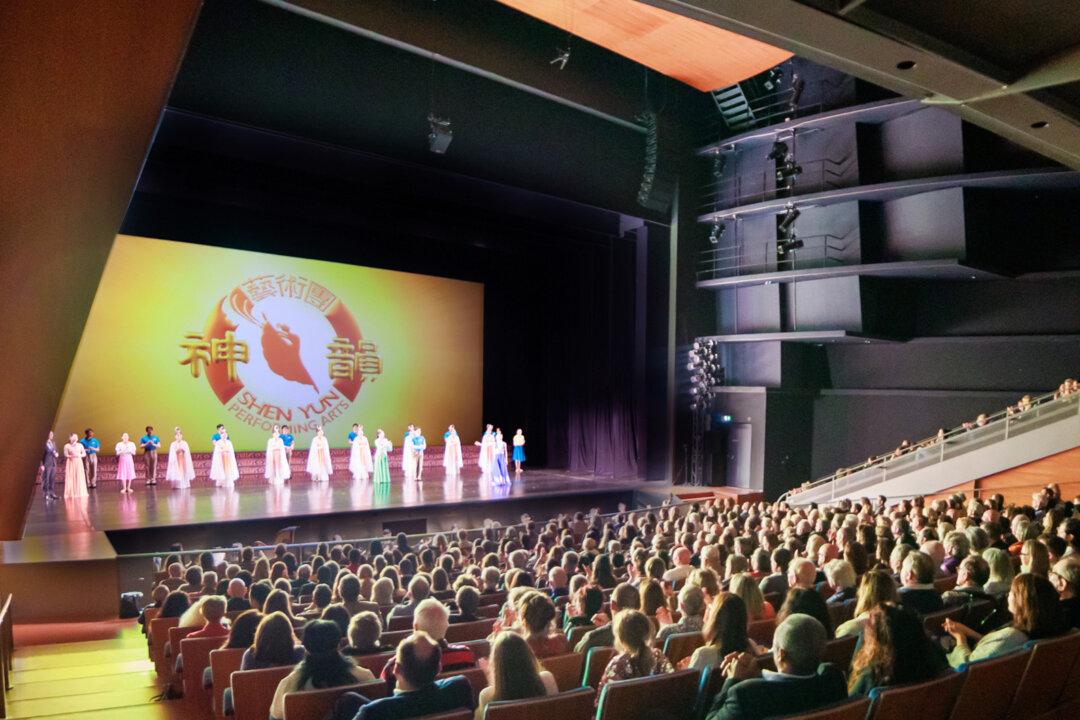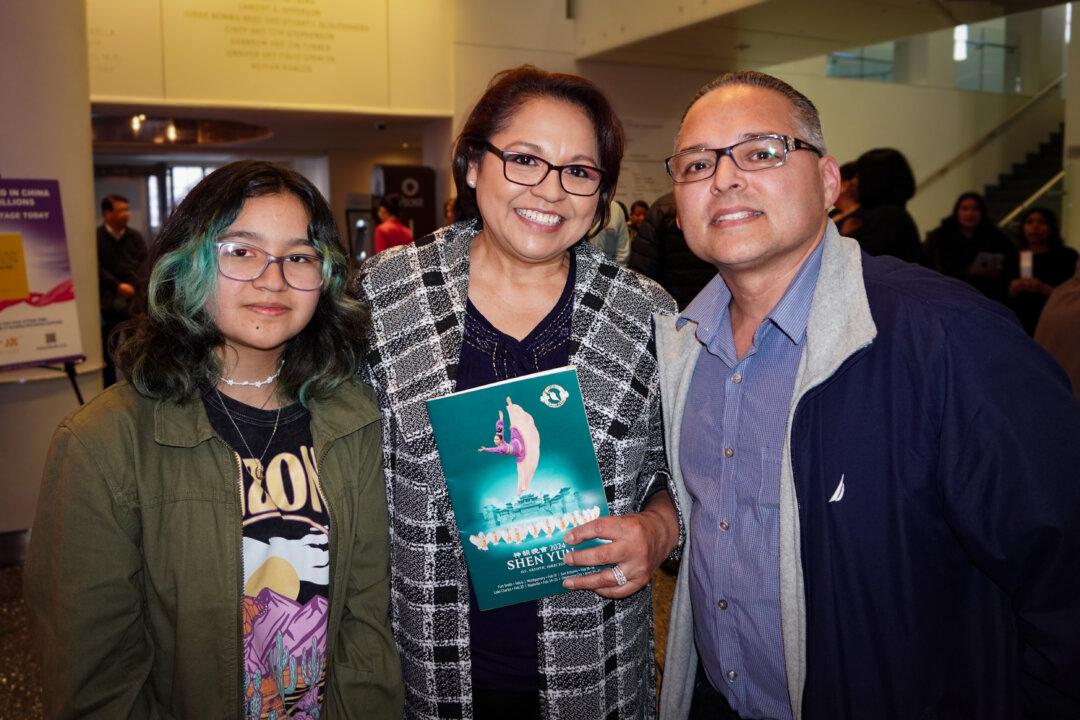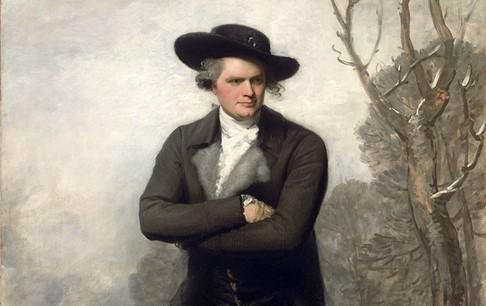Ryan Trapani’s first introduction to forestry was a housing development in New Paltz that didn’t happen. “I used to pick berries there all the time when I was a kid. That mimicked a nice little clear cut and it produced some of the best wildlife habitat.” Thirty years later, the area might have developed into a full stand of trees without much light.
Catskill Forest Association wants to change that.
According to Trapani, education forester for the organization, 70 to 90 percent of forested land in the Catskills is privately owned. Landowners have a variety of reasons for owning, including birding, hunting, timber, or firewood. The organization works with the small woodlot owner to achieve his objectives for his woods.
The most diverse forests start with what Trapani calls a “mass disturbance,” such as a wildfire which clear-cuts a wide swath of forest. He says a forest should have some shade-intolerant varieties that need a lot of sun to thrive. A clear-cut can begin the process that creates the sights and sounds of a healthy woodland.
Trapani says, as a young forester, he was sent to a heavily forested area to work. It was so quiet that loneliness set in. Then he worked in a 1000-acre area that had been devastated by a forest fire and things were hopping. Chestnuts were snapping about, planting themselves, and growing into trees, and bears visited the area for the nuts. There was so much undergrowth deer liked that they couldn’t get enough. Low bush blueberries, blackberries, and other fruit sprung up.
Preserve or Conserve
Since 1983 the Catskill Forest Association has been advising private landowners to actively managing their woodlots. Trapani works with woodlot owners to achieve their forestry goals.
There is a market for valuable trees, such as black cherry, sugar maple, and red oak, which are used for high-end furniture or boards. Trapani says there is not a market for low grade trees. “We don’t have a paper market, we don’t have a woody biomass market, and our fire market is pretty insignificant.”
The organization supports clear-cutting in which all grades of wood can be used and the area can become reforested in a natural way. He says there would not be a problem of over-harvesting. “Our forests are growing three times faster than they are being harvested.”





